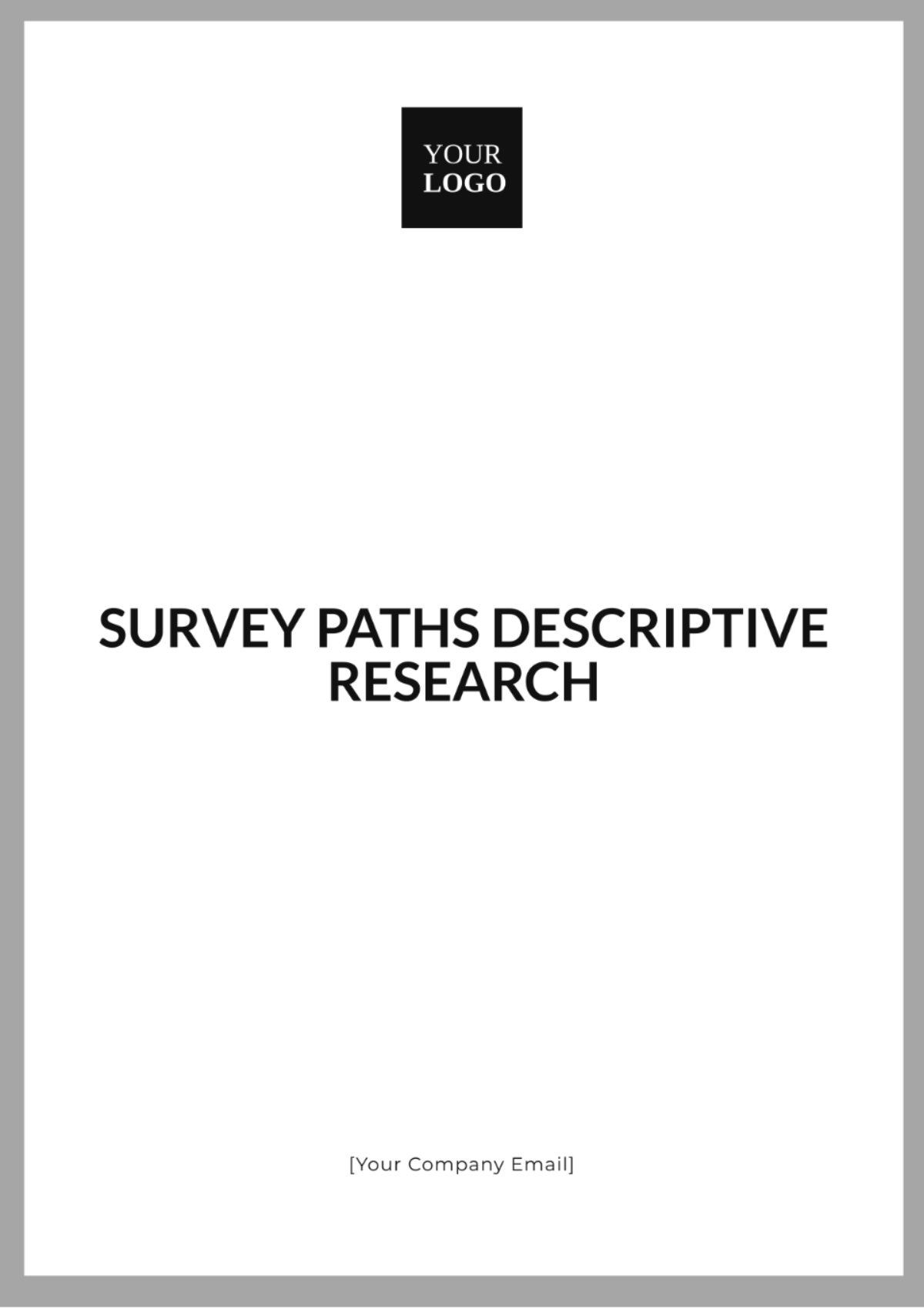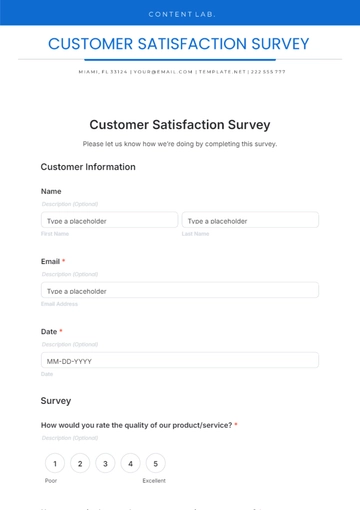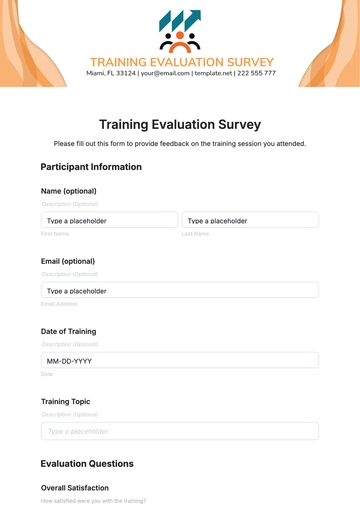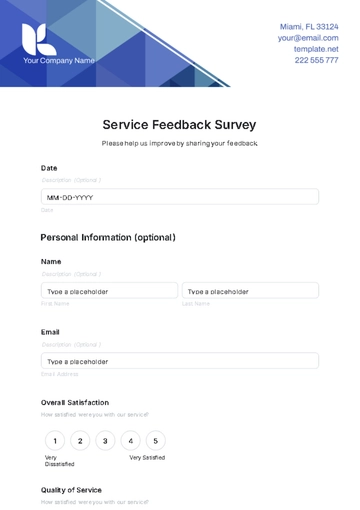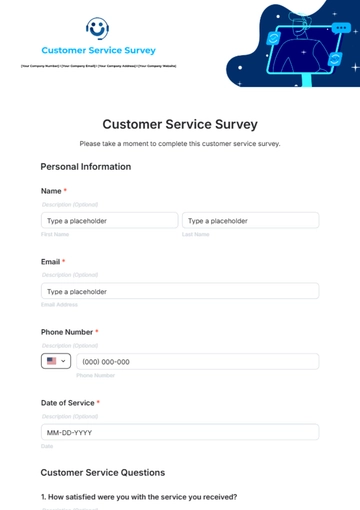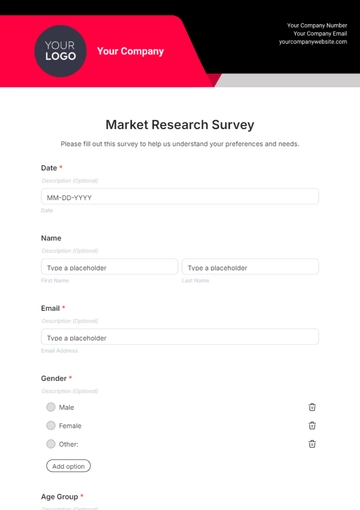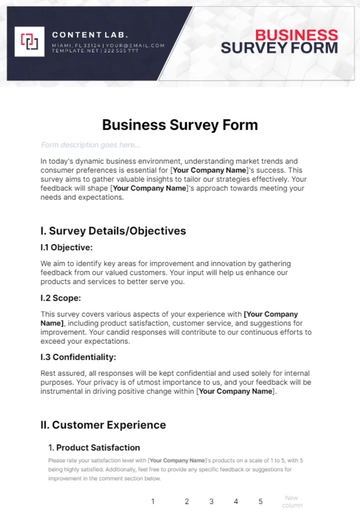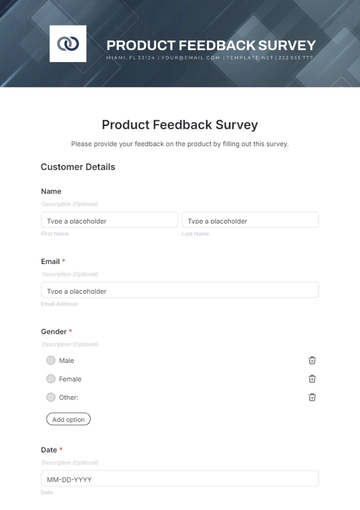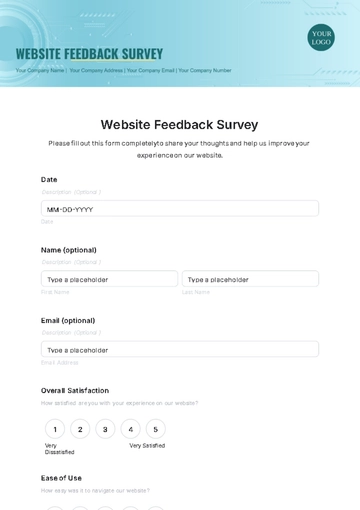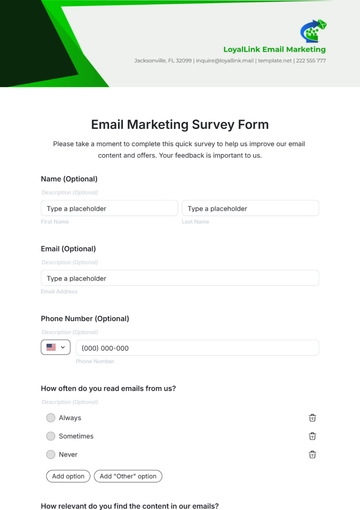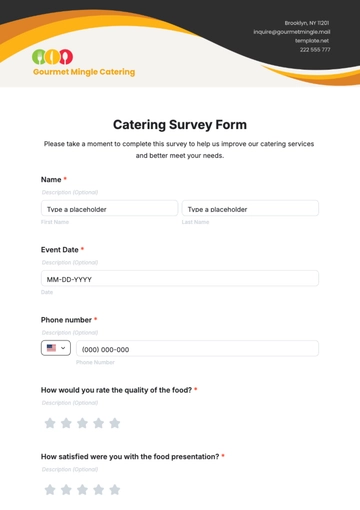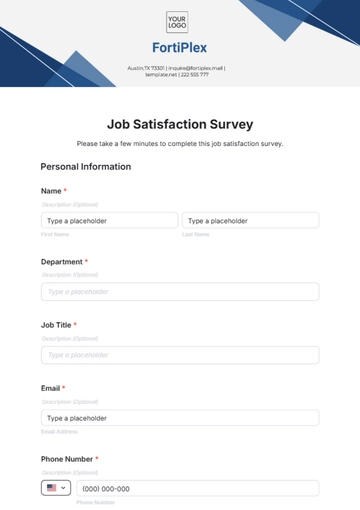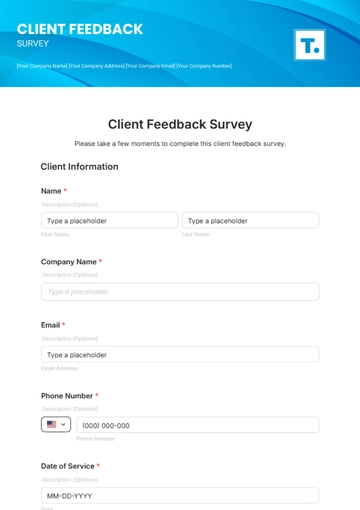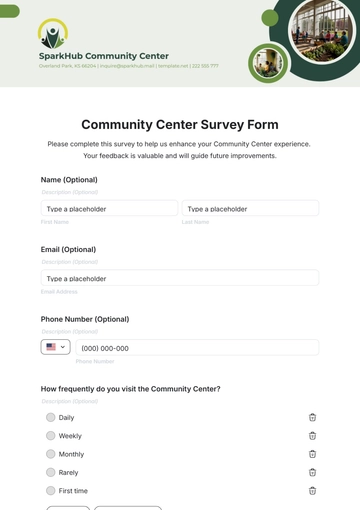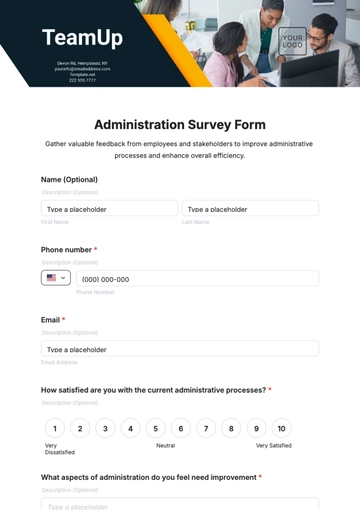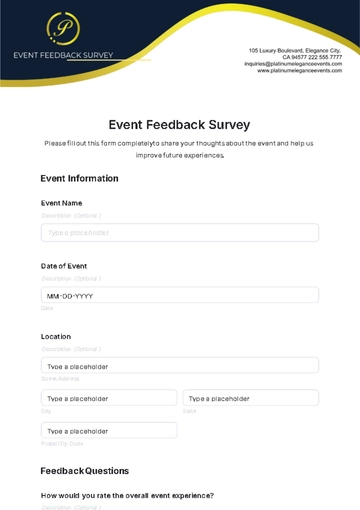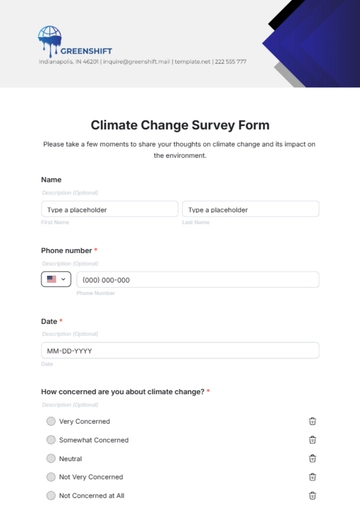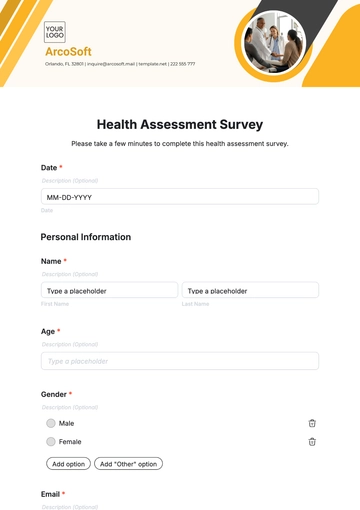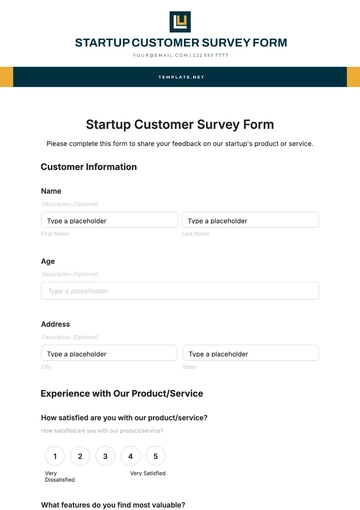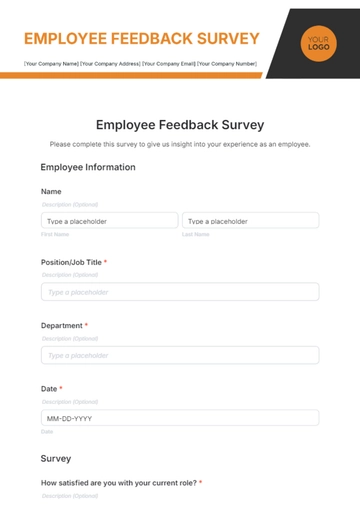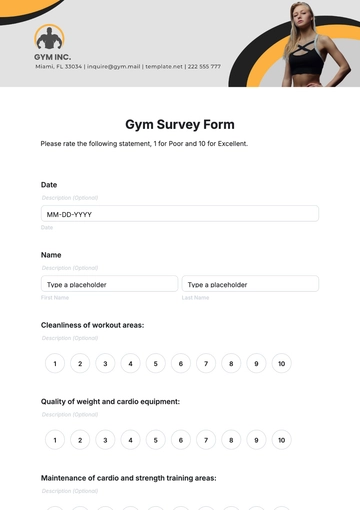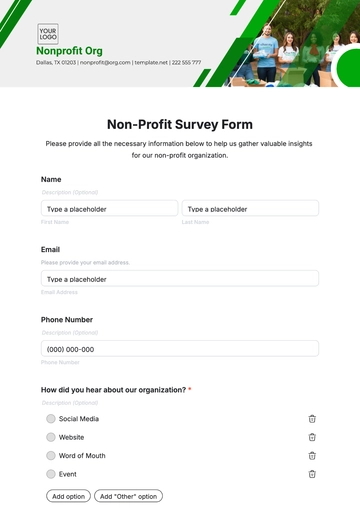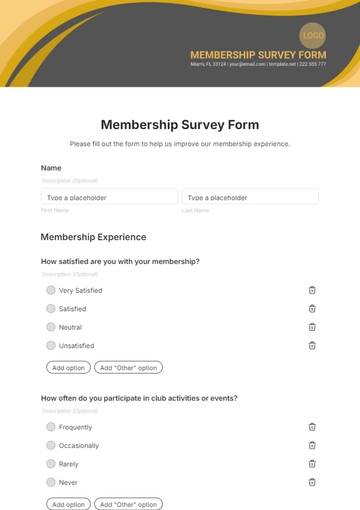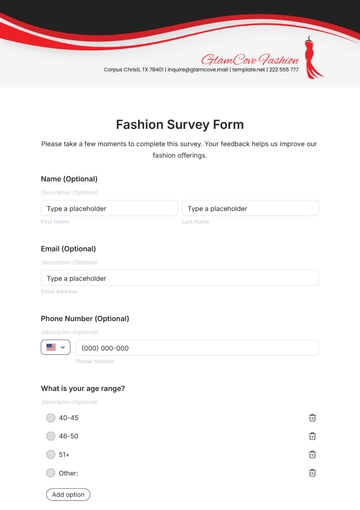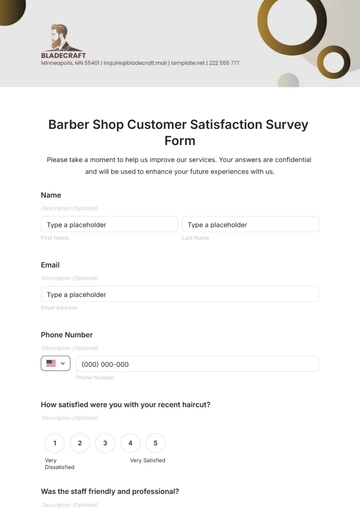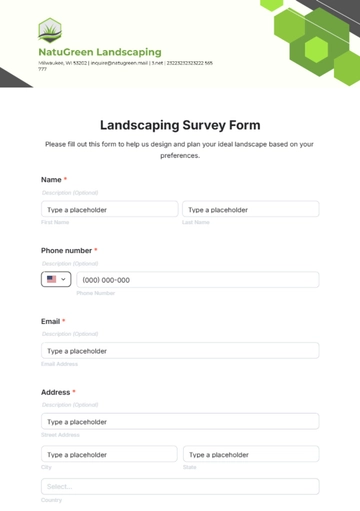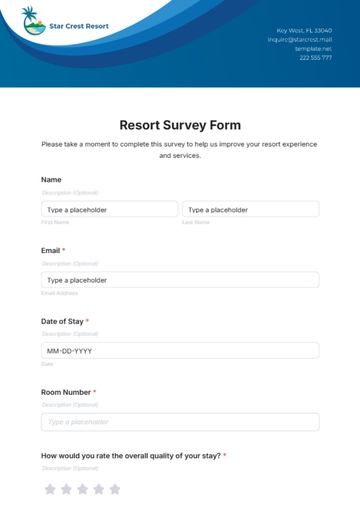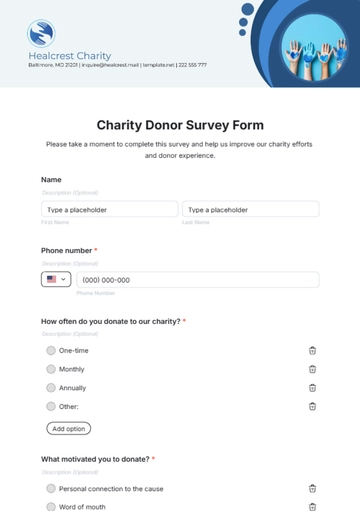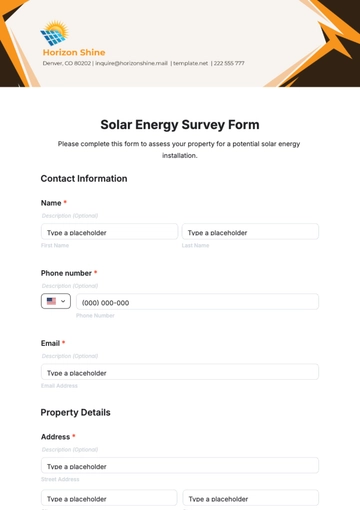Survey Paths Descriptive Research
Prepared By: [YOUR NAME]
Date: [DATE]
I. Introduction
The purpose of this research is to investigate the methodology and application of descriptive research through the use of survey paths. Descriptive research aims to characterize a population or phenomenon by detailing the relationships between variables such as opinions, behaviors, and demographics. The study focuses on how different sequences of questions, driven by respondent answers, can provide richer, more nuanced insights.
II. Methodology
This section provides a comprehensive overview of the survey design, sampling methods, and data collection processes employed in this research.
A. Survey Design
Question Types: The survey was designed with a combination of closed-ended questions (e.g., multiple-choice, Likert scales) and open-ended questions (e.g., short answer, essay).
Question Sequencing: Questions were structured to flow logically, with each question building on prior responses. For example, if a respondent indicated frequent use of social media, subsequent questions probed into specific platforms and usage patterns.
B. Sampling Methods
C. Data Collection Processes
III. Survey Paths
Survey paths involve different sequences of questions based on respondents' answers, providing a tailored survey experience.
A. Initial Screening Questions
B. Primary Variable Questions
Example Path for Internet Usage
C. Follow-up and Clarifying Questions
IV. Results
A. Demographic Distribution
Age Range | Percentage |
|---|
18-24 | 20% |
25-34 | 35% |
35-44 | 25% |
45+ | 20% |
B. Behavioral Trends
V. Analysis
Age and Internet Usage: Younger respondents (18-34) were more likely to use the Internet daily (70%) compared to older age groups (35-44: 50%, 45+: 40%). This suggests a correlation between age and frequency of internet use, likely due to higher digital literacy among younger individuals.
VI. Conclusion
This research demonstrates the benefits of using survey paths in descriptive studies. The adaptive questioning approach enhances data richness by tailoring questions based on previous answers, leading to deeper insights into relationships between variables like age, gender, and behavior. This method supports businesses in crafting targeted marketing strategies and aids researchers in understanding complex interactions. Future studies should explore additional factors such as cultural and socioeconomic influences to provide even more comprehensive insights into how various factors shape opinions and behaviors.
VII. Appendices
VIII. References
Johnson, M. T. (2050). Analyzing survey paths for descriptive research. Journal of Research Methods, 15(2), 112-130.
Research Templates @ Template.net
